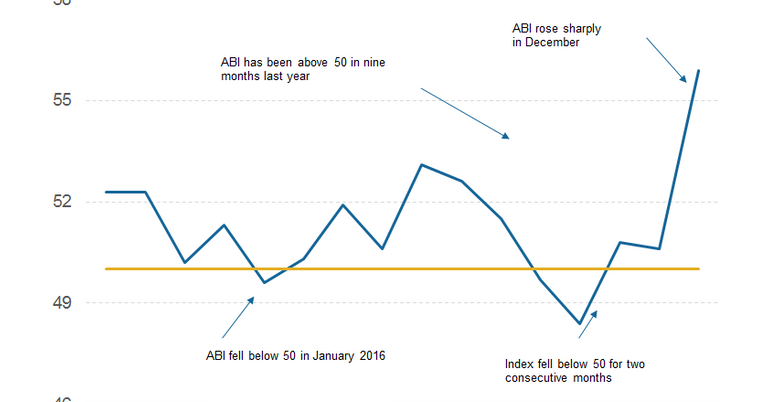
- Population Growth in Urban Areas
- Rural to Urban Migration: Migration from rural areas to cities contributes to urban population growth.
- Mega Cities: The rise of mega-cities with populations exceeding ten million requires extensive infrastructure development.
- Infrastructure Development
- Residential Construction: Urbanization increases the need for residential buildings, including high-rise apartments and affordable housing projects.
- Transportation Networks: Expansion of urban transportation systems (roads, bridges, public transit) drives the demand for steel-intensive infrastructure.
- Commercial and Industrial Growth
- Commercial Buildings: Demand for office spaces, shopping malls, and mixed-use developments requires steel for structural support and facades.
- Industrial Zones: Development of industrial zones and logistics hubs increases the need for steel in warehouses, factories, and distribution centers.
Steel Demand Drivers
- Construction and Infrastructure
- Skyscrapers and High-Rises: Steel’s strength-to-weight ratio makes it ideal for tall buildings and urban landmarks.
- Bridges and Tunnels: Essential for constructing bridges, tunnels, and overpasses to connect urban areas and facilitate transportation.
- Transportation and Mobility
- Automobile Industry: Increased urbanization boosts demand for automobiles, driving steel consumption in vehicle manufacturing.
- Public Transport: Steel is integral to railways, metro systems, and buses crucial for urban mobility solutions.
- Utilities and Energy
- Energy Infrastructure: Steel is vital for power plants, transmission towers, and pipelines delivering electricity and utilities to urban populations.
- Water Management: Steel pipes and structures are used in urban water supply networks and sewage systems.
Environmental and Economic Implications
- Resource Consumption
- Steel Intensity: Urbanization accelerates steel consumption, impacting raw material availability and environmental sustainability.
- Recycling Efforts: Increased steel demand necessitates enhanced recycling and sustainable practices to mitigate environmental impact.
- Economic Growth
- Job Creation: Urbanization stimulates employment in steel manufacturing, construction, and related industries, contributing to economic growth.
- Investment Opportunities: Infrastructure development attracts investments in steel production and urban renewal projects.
Future Outlook and Innovations
- Smart Cities Initiatives
- Technological Integration: Steel supports smart city infrastructure, integrating IoT devices and sustainable building solutions.
- Green Building Standards: Adoption of green building standards and energy-efficient designs influences steel specifications in urban construction.
- Policy and Regulation
- Urban Planning: Government policies manage urban growth sustainably, affecting steel demand through infrastructure investments and regulatory frameworks.
- Carbon Emissions: Regulations promoting low-carbon steel production and energy efficiency impact urban steel demand and manufacturing practices.




